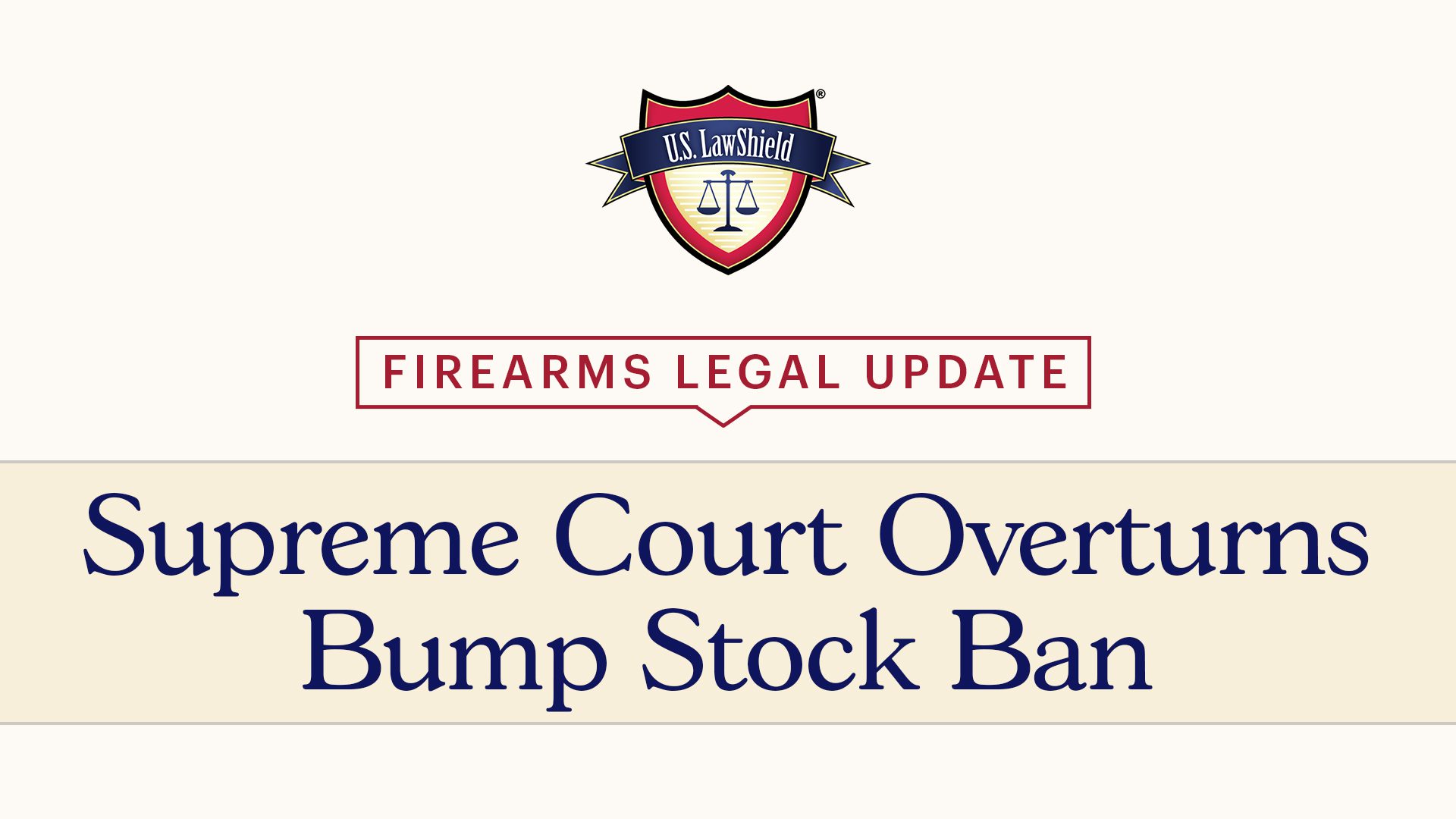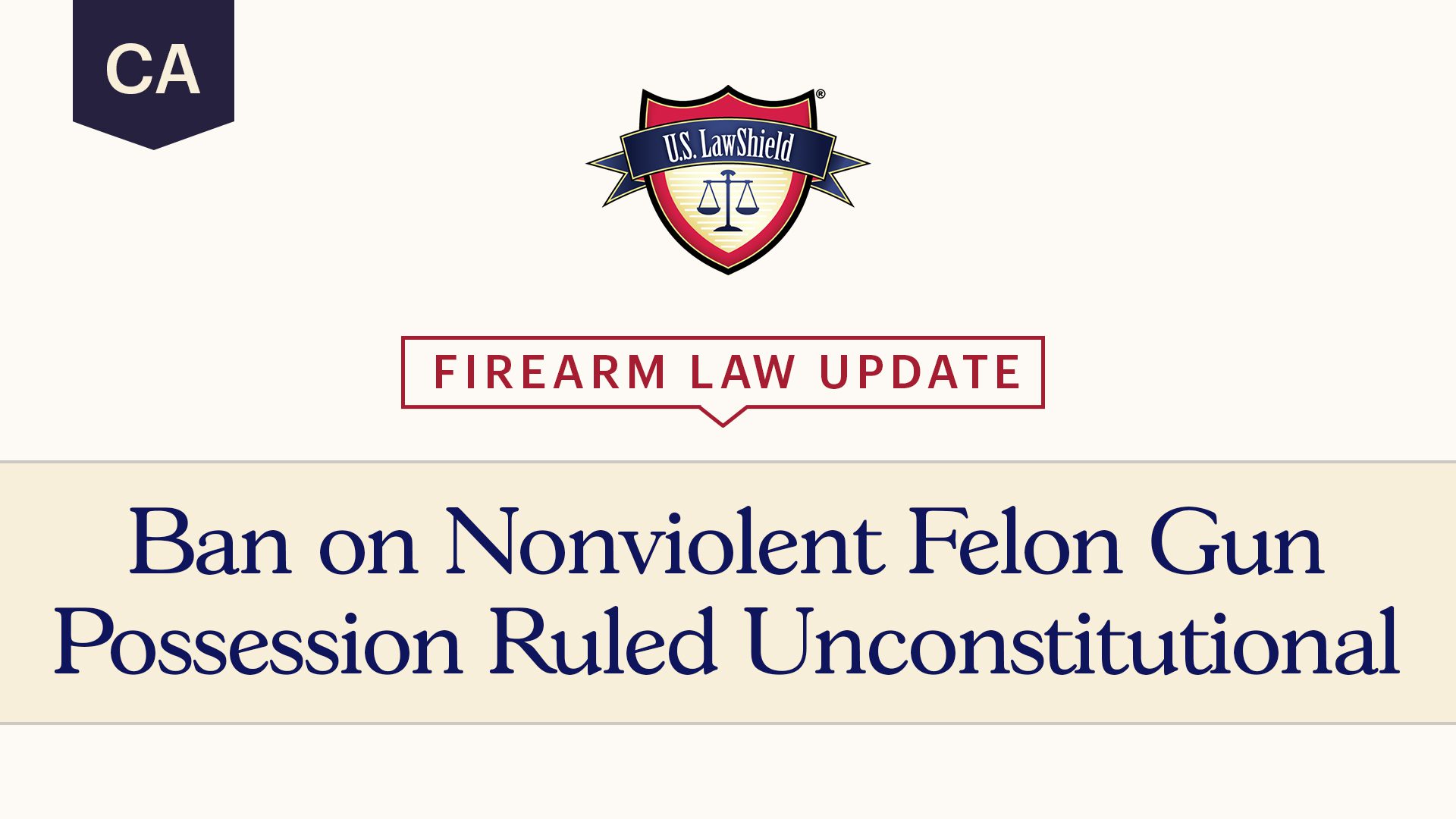How to legally transport a firearm on an airplane
Traveling on commercial airlines during the holidays or any time of year can be stressful, especially if you want to make sure that you can protect your family at your ultimate destination and bring your firearm with you. It is important that you know what you can and cannot do when traveling with your firearm.
The first thing you must do is make sure that you can lawfully possess and carry your firearm at your ultimate destination. If you cannot, you should probably consider traveling to a state that supports your Second Amendment rights instead. But, if you have no choice because your family lives in a state that you cannot lawfully carry, leave your firearm at home.
Once you are sure you can lawfully carry in your destination state, you should check both the TSA and your airline’s websites to learn the current rules for traveling with your firearm. Currently, the TSA advises that when traveling you should:
- Comply with the laws concerning possession of firearms in the state where you are going, as they vary by local, state, and international governments;
- TSA firearms declaration: Declare each firearm each time you present it for transport as checked baggage;
- Ask your airline about limitations or fees that may apply;
- Firearms must be unloaded and locked in a hard-sided container and may be transported as checked baggage only.
Only the passenger should retain the key or combination to the lock, unless TSA personnel request the key to open the firearm container to ensure compliance with TSA regulations. You may use any brand or type of lock to secure your firearm case, including TSA-recognized locks. However, some airlines have specific requirements.
Firearm parts, including magazines, clips, bolts, and firing pins are prohibited in carry-on baggage but may be transported in checked baggage. Replica firearms, including firearm replicas that are toys, may be transported in checked baggage only. Rifle scopes are permitted in carry-on and checked baggage. Ammunition clips and magazines must also be securely boxed. Firearm magazines and ammunition clips, whether loaded or empty, must be securely boxed or included within a hard-sided case containing an unloaded firearm. Small arms ammunition, including ammunition not exceeding .75 caliber, and shotgun shells of any gauge, may be carried in the same hard-sided case as the firearm.
Each airline also has their own requirements and rules.
For instance, as it goes with Delta airlines gun transport policy, you have to retrieve your baggage with your firearm at the baggage office. However, when flying Southwest with a gun, this airline puts bags which contain firearms on the baggage carousel with everyone else’s. When you check your bag with a firearm in it, you must declare it to the airline and follow their rules and procedures. Ask when you check your bag where you should retrieve it at your ultimate destination.
See also: How to Fly with a Firearm under American Airlines firearms rules
If you are traveling with your firearm and your plane gets diverted, you need to know if you can legally possess and concealed carry a firearm in your new destination. If you retrieve your bag containing a firearm from the carousel at the airport where your flight was diverted, and it is illegal for you to possess a firearm or concealed firearm, you may find local law enforcement officers watching as you pull the bag off the carousel and moving in to arrest you.
Instead of having to find a hotel in the area, a comfy jail cell will await you. If you cannot or if you do not know for certain that you can lawfully possess and carry your firearm in the state your plane has landed when diverted, do not claim your bag from the airline on the carousel or in the baggage office. Make the airline retain possession until you reach your ultimate destination or return home.
U.S. LawShield members, should you have any questions, please feel free to give U.S. LawShield a call and ask to speak with your Independent Program Attorney.
The information provided in this presentation is intended to provide general information to individuals and is not legal advice. The information included in this publication may not be quoted or referred to in any other publication without the prior written consent of U.S. LawShield, to be given or withheld at our discretion. The information is not a substitute for, and does not replace the advice or representation of a licensed attorney. We strive to ensure the information included in this publication is accurate and current, however, no claim is made to the accuracy of the information and we are not responsible for any consequences that may result from the use of information in this publication. The use of this publication does not create an attorney-client relationship between U.S. LawShield, any independent program attorney, and any individual.





Thanks for the information.
And hope you don’t get stuck in New Jersey!
Good article, GREAT “NEED-TO-KNOW” intel. I was recently asked if someone could carry their firearm as they went on vacation out of Florida, I did not know the correct answer. I advised him to speak with TSA for an intelligent, more accurate, answer (thankfully). Good to know I pointed the gentleman in the proper direction, and it’s good to know what I know now, thanks to this article. Much appreciated.
Does anybody know if a roni conversion kit can be taken on a plane? I can’t find any information regarding this.